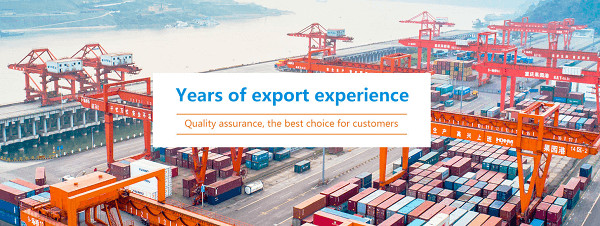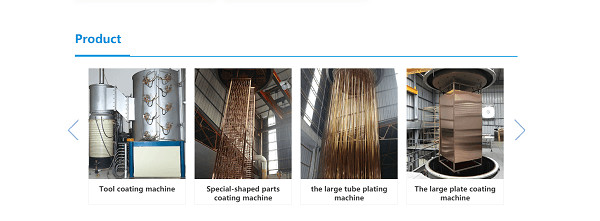Vacuum coating equipment and CIGS thin film solar cells
Vacuum coating equipment and CIGS thin-film solar cells, a-Si, CdTe and CIGS are the current mainstream thin-film solar cell technologies, and most CIGS (copper indium gallium selenium) cells are produced by vacuum evaporation-called co-evaporation ( co-evaporation), the main materials copper indium gallium and selenium are heated and deposited on the substrate in a vacuum. This process is quite challenging to achieve a large area and uniform copper indium gallium selenium film.
vacuum coating machine,pvd coating machine,pvd vacuum machine,vacuum ion coating machine,multi-arc ion coating machine
By using PV series thermal evaporation sources in multiple deposition areas to achieve a rotating or planar magnetic field distribution, with a suitable deposition system and optimizing process conditions, the utilization of raw materials is maximized and the unevenness of coating thickness is reduced. The latest patented PV-Series SUMO, which is suitable for R&D and mass production of CIGS solar cells, adopts the recognized CIGS solar cell manufacturing thermal deposition source technology, providing the industry's only high-efficiency CIGS thermal deposition source that can be produced on a large scale. Its unique patented crucible cylindrical container and small taper hole design can realize rapid flow adjustment and almost instantaneous flow cutoff to achieve excellent uniform coating.
vacuum coating machine,pvd coating machine,pvd vacuum machine,vacuum ion coating machine,multi-arc ion coating machine
In recent years, the coating system using the leading thermal evaporation technology of vacuum coating equipment has actively cut into the field of CIGS thin-film solar equipment, which is used in the solar cell process of glass and flexible substrates (mainly stainless steel plates). The conversion efficiency of CIGS has obvious advantages over other thin-film solar cells. It can reach a conversion rate of 10% from the start, and there is still a lot of room for improvement. It is estimated that a 14% conversion rate is very promising within 3 years, which should be in all photovoltaics. The power generation technology has the best chance to achieve the 20% conversion rate required by the grid equivalent point. As far as the life of CIGS modules is concerned, the stable structure of the material itself is not prone to change, which is sufficient to meet the market's promise of a 25-year life cycle of photovoltaic products.



